I found Tripoli tucked away in the mountainous region of Arcadia, just 157 kilometers from Athens. The city surprised me with its lively mix of modern energy and deep historical roots.
Tripoli stands as the urban heart of Arcadia, giving visitors a real Greek experience far from the usual tourist crowds, no matter the season.
What really struck me was how Tripoli manages to feel both contemporary and deeply rooted in its past. As I walked the streets, I saw locals living their daily lives, framed by historic architecture and mountain views.
This city buzzes in a way that feels different from Greece’s coastal hotspots. There’s a grounded, everyday rhythm here.

I hadn’t planned to stop in Tripoli, but it ended up being a highlight of my journey through the Peloponnese. The city’s authenticity shines through—especially in the warm welcome from locals and the amazing food I tasted at small, family-run tavernas.
If you want to experience Greek culture beyond the postcard scenes, Tripoli is worth adding to your list.
Tripoli’s Urban Pulse: Exploring the Heart of Mountainous Arcadia
Tripoli’s energy kind of caught me off guard. The city sits among Arcadia’s mountains, blending modern Greek life with old roots in a way that feels fresh and real.
It’s just 157 kilometers from Athens, but the vibe is totally its own.
First Impressions From an Unexpected Arrival
Honestly, I didn’t mean to stop here. My Peloponnese trip took a turn when my bus made a scheduled transfer in Tripoli.
The moment I stepped off into the crisp mountain air, I felt the city’s lively pulse.
The main square buzzed with locals sipping coffee at outdoor cafés. Kids ran around the central fountain, while older men argued over backgammon boards.
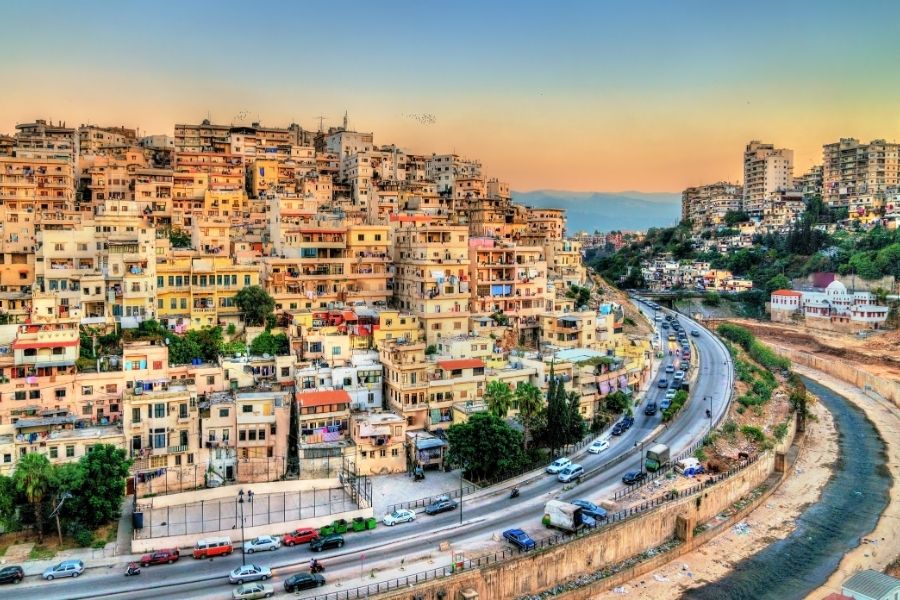
I noticed the city sits higher up, which gives it a cool, refreshing climate—even in the warmer months. The mountains make a dramatic backdrop against the city’s mix of modern and historic buildings.
The City’s Bustling Streets and Unique Character
As I wandered Tripoli’s streets, I saw its two sides. Modern shops line the main roads, but just turn a corner and traditional Greek life greets you.
The central market comes alive every morning. Vendors shout out prices for fresh produce from nearby farms.
You’ll find local cheeses, honey, and olives—Arcadia’s best on display.
Local Specialties to Try:
- Arcadian honey with bold mountain herb notes
- Tangy feta and other local cheeses
- Wild boar, which is a regional favorite
Architecture here tells its own story. I found neoclassical mansions with colorful facades next to newer buildings.
The old mansions, with their intricate details, really drew me in.
Daily Life and Local Customs
Tripoli wakes up early. Locals head to work or school as the sun rises over the mountains.
After lunch, the city slows down for the afternoon siesta. Shops close for a few hours, then reopen in the evening when families come out for the volta—the evening stroll.
Coffee culture runs deep here. I joined locals at kafeneions, those classic coffee houses where people of all ages gather.
These cafés are more than just places for coffee—they’re where the community comes together and debates everything from politics to football.
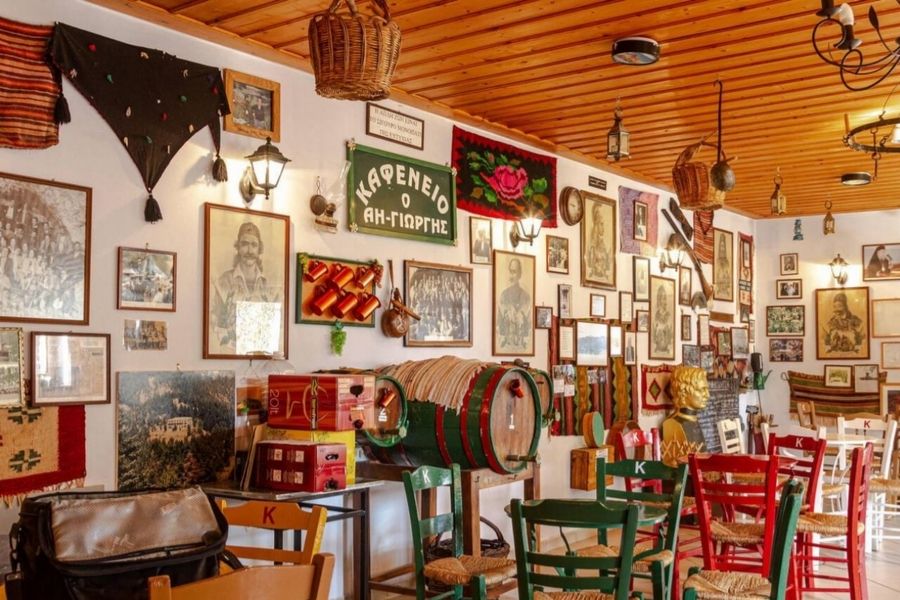
When I asked a shopkeeper for directions, he didn’t just point the way—he walked me there himself, sharing stories about the neighborhood as we went.
A Walk Through Time: Tripoli’s Rich History and Heritage
Walking through Tripoli feels like stepping through Greece’s history. The city’s story stretches from ancient Arcadian roots to modern times, with layers of culture showing up everywhere.
Arcadian Roots and Historical Context
Tripoli sits right in the heart of Arcadia, a region full of myth and history. I learned that while the current city is relatively young, people have lived here since ancient times.
The name “Tripoli” comes from the merging of three old cities: Pallantio, Tegea, and Mantineia.
During Ottoman rule, Tripoli went through rough times, but those hardships built a resilient spirit in its people.
Tripoli played a big role in the Greek Revolutionary War of 1821. As I walked the streets, I could almost sense echoes of the freedom fighters who helped shape Greece’s identity.
Architectural Landmarks and Old Books
Tripoli’s architecture feels different from other Greek cities. Instead of ancient ruins, you get 19th-century European influences.
The central district shows off urban planning inspired by Haussmann’s Paris, complete with plans for an Opera House.
I spent hours in the Archaeological Museum, looking at pottery and tools that connect you to daily life from thousands of years ago.
In local archives and bookshops, I found old books and documents—now public domain—that reveal Tripoli’s journey through wars and change.
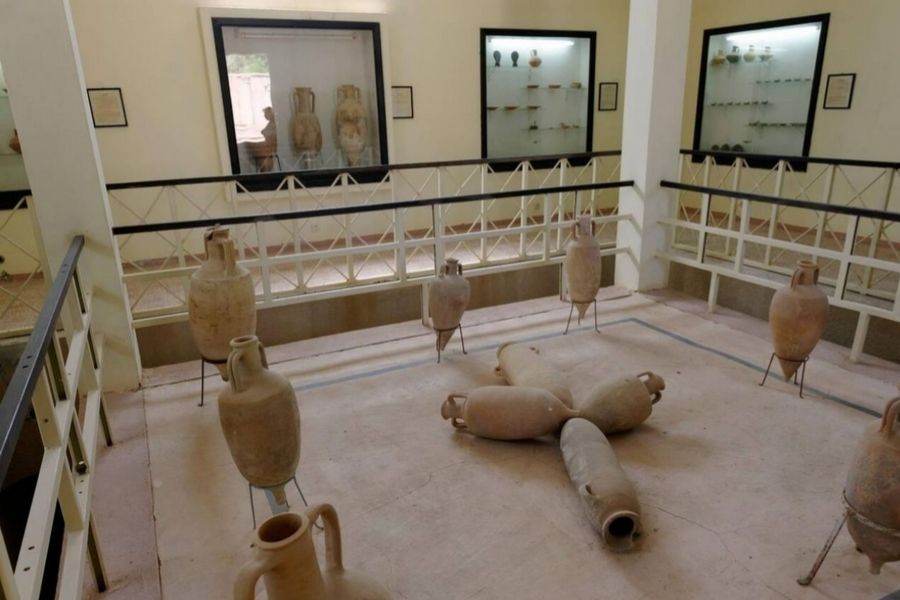
These yellowed pages tell stories about the city’s evolution, including both World Wars that left their mark.
The Role of Religion and Faith in Society
Religion shapes daily life here. Orthodox Christianity has guided and unified the community through centuries of change.
The Monastery of Eloni stands as a symbol of lasting faith. I watched locals pray there with the kind of devotion their ancestors must have felt.
Churches in Tripoli aren’t just historic—they’re living centers of community life. Religious holidays still set the pace, with processions and celebrations marking key dates in the Orthodox calendar.
Faith gave people strength during hard times, including the civil war. Churches often doubled as sanctuaries, protecting both people and precious cultural treasures.
Culture and Community: Arts, Literature, and Local Flavors
Tripoli’s cultural scene surprised me. It’s way more vibrant than I expected for a mountain town in Arcadia.
The arts, literature, and food here reflect centuries of history, but there’s a contemporary twist too.
The Theatre Scene and Literary Friendships
The Municipal Theatre of Tripoli became my go-to spot during my visit. This restored neoclassical building hosts everything from ancient Greek tragedies to modern experimental plays.
I caught a local production of “Americana,” which mixed Greek themes with American literary influences.
After the show, I met Yannis, a local poet who invited me to his weekly writing group at the theatre café. Writers share their work, offer feedback, and talk about both Greek and English literature.

“Our mountain isolation makes us hungry for cultural exchange,” Yannis told me over coffee. “We read everything we can find.”
Each May, the Literary Festival draws writers from Athens and beyond, turning the town into a creative hub for a few days.
Cafés, Circus Memories, and Testimony of Daily Life
Tripoli’s café culture gives you a front-row seat to daily life. Plateia Areos is full of spots where old men play backgammon and students debate politics.
At Café Polis, I noticed the walls covered in old black-and-white photos of traveling circuses that once came here. Maria, the owner, keeps these memories alive as “testimonies of joy during tough times.”
These cafés serve more than just coffee—they’re the living rooms of the city. I watched as mail deliveries turned into social events, with neighbors catching up and swapping news.
Food plays a big role too. The weekly farmers’ market bursts with mountain herbs, honey, and cheeses that somehow taste of pine forests.
Publications, Newspapers, and the Local Press
For a small town, Tripoli has a surprisingly strong local press. The Arkadikos Typos newspaper has published since 1896, recording the region’s ups and downs.
At the Municipal Library, I found old poetry journals, handmade zines, and political pamphlets. The librarian showed me their project to digitize these fragile works.
“We’re small, but we’re determined to keep our stories alive,” she said.
Bookstores like Logos carry both national titles and works by Arcadian authors. I picked up a short story collection by Tripoli writers that really captures the mountain perspective.
The university’s literary magazine mixes student work with established authors, creating a conversation between generations.
My Unexpected Stop: Personal Encounters and Local Stories
The real heart of Tripoli showed up in the people I met—locals who shared their stories, traditions, and everyday moments.
Friendship and Letters: Correspondence in Tripoli
I met Nikos at a tiny café near the square. He carefully unfolded old letters from an American pen pal he’d written to in the 1970s.
“These letters taught me English,” he said, showing off the envelopes with colorful stamps. Letter writing still feels alive here, especially among older folks who value that personal touch.
I noticed people still head to the post office daily, keeping up friendships with handwritten notes instead of texts. Maria, the postmaster, told me she’s worked there for 32 years and recognizes everyone’s handwriting.
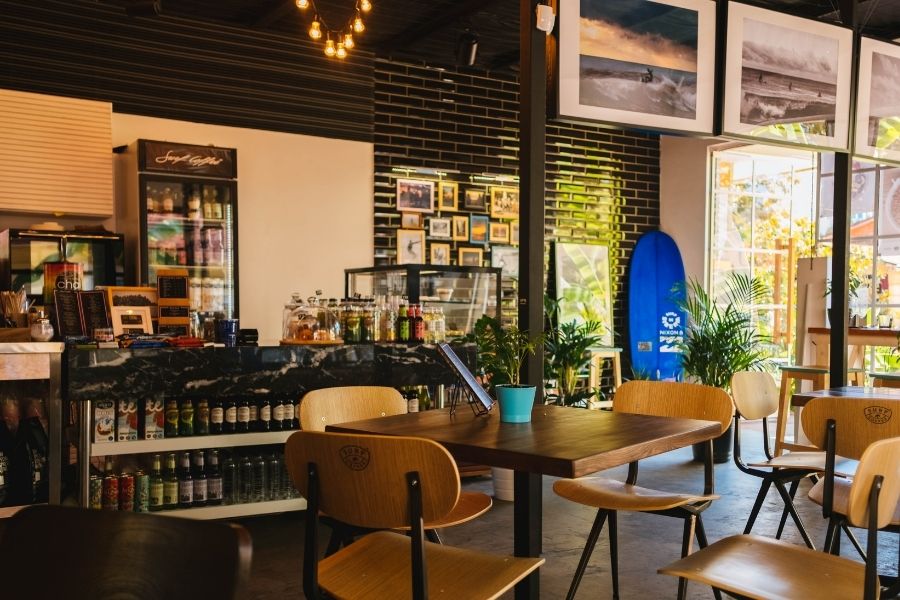
“Mail connects our mountain town to the world,” she said, proudly showing off vintage postcards sent from Tripoli over the decades.
Medical Tales and American Fiction
Dr. Kostas, a retired physician, welcomed me into his home library packed with American medical journals and novels. John Steinbeck and Hemingway shared shelves with thick medical textbooks.
“I studied in Boston in the ’60s,” he explained. “American literature helped me understand my patients better than some medical books.”
He told me about treating mountain villagers during harsh winters, sometimes carrying supplies on donkeys to reach remote patients.
His handwritten patient journals document generations of local families. These stories give a glimpse into the community’s health and resilience over decades.
Sporting Moments in the Shadow of the Mountains
Sports culture here took me by surprise. Kids played traditional games in the square while parents cheered from nearby cafés.
“My childhood is full of these games,” said Elena, a teacher who organizes annual tournaments to keep the traditions alive. She showed me a stone-throwing game that tests aim and distance.
The town’s basketball court sits right up against the mountains. Weekly games draw crowds, even though Tripoli isn’t a big city.
I joined a friendly match and got adopted by a local team almost instantly.
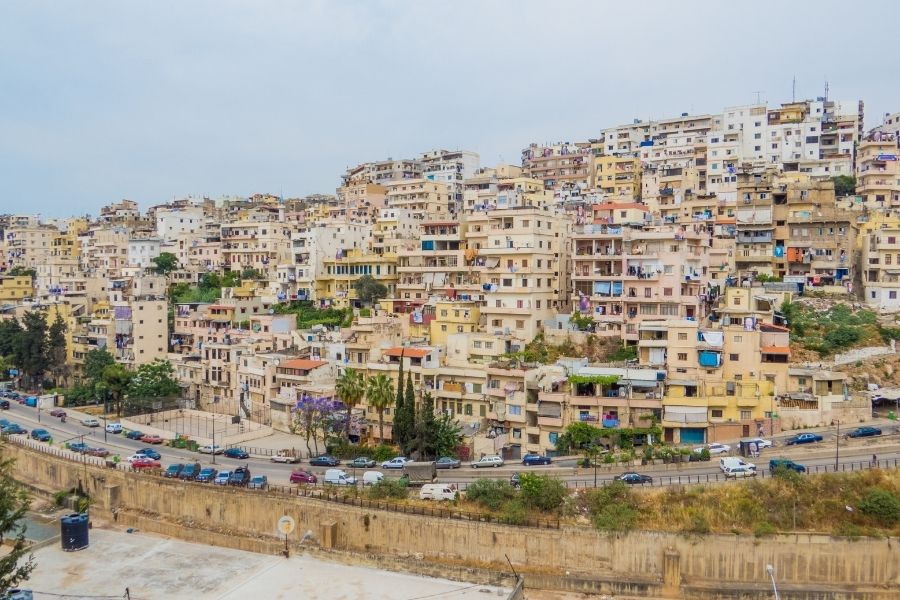
A small museum near the court displays photos of Tripoli’s sports history, including a 1950s visit from American basketball players who taught workshops. Their influence is still obvious in the town’s love for the sport.
Routes, Borders, and the Wider World: Tripoli’s Connections
Tripoli stands at a crossroads in Arcadia, connecting mountain villages to bigger networks of trade and travel. Its location has shaped both its economy and cultural identity over centuries.
Transportation and Navigating Arcadia
Getting around Tripoli and the surrounding mountains takes a little planning. The main bus terminal in the center offers regular routes to Athens (about 2.5 hours) and other Greek cities.
I found renting a car gave me the most freedom to explore. The roads wind through the mountains, offering breathtaking views, but you have to drive carefully.
Local taxis work for shorter trips, but it’s smart to agree on a fare before you go. Many drivers have great stories about the region.
If you’re up for it, hiking trails connect Tripoli to nearby villages. I tried the path toward Mount Mainalo, a route locals have used for generations.
Currency, Commodities, and Local Markets
Tripoli uses the euro, and you’ll find ATMs throughout the center. Most places take cards, though small family-run shops usually prefer cash.
The central market opens twice a week, bringing in farmers and vendors from all over Arcadia. The local goods are impressive:
- Fresh produce: Mountain-grown veggies and fruit
- Cheese: Especially tangy, feta-style goat cheeses
- Honey: Often flavored with herbs and pine
- Olive oil: Some of the most aromatic I’ve tasted
Prices here are much lower than in Athens or on the islands. I managed to buy enough fresh food for several days with just €20.
Tripoli in Context: European Cities and Beyond
Tripoli stands out when you compare it to those big-name European destinations. Sure, it doesn’t have the glitz of Paris or the winding canals of Venice, but there’s a raw honesty here that you just don’t get in places packed with tourists.
Walk around, and you’ll spot architecture that borrows from both East and West. Greece sits right at that crossroads between Europe and Asia, and you can really feel it. Some buildings instantly brought Jerusalem to mind for me, while others leaned more European.
You won’t see the same cosmopolitan crowds you find in London or Amsterdam. Tripoli feels deeply, unmistakably Greek. If you’re after a real connection with local traditions, this city delivers.

Back in the day, traders moved goods through Tripoli to ports that linked up with markets all around the Mediterranean and the Middle East. Even now, you’ll stumble across products and little cultural quirks that whisper of those old ties—sometimes as far-flung as Persia.

